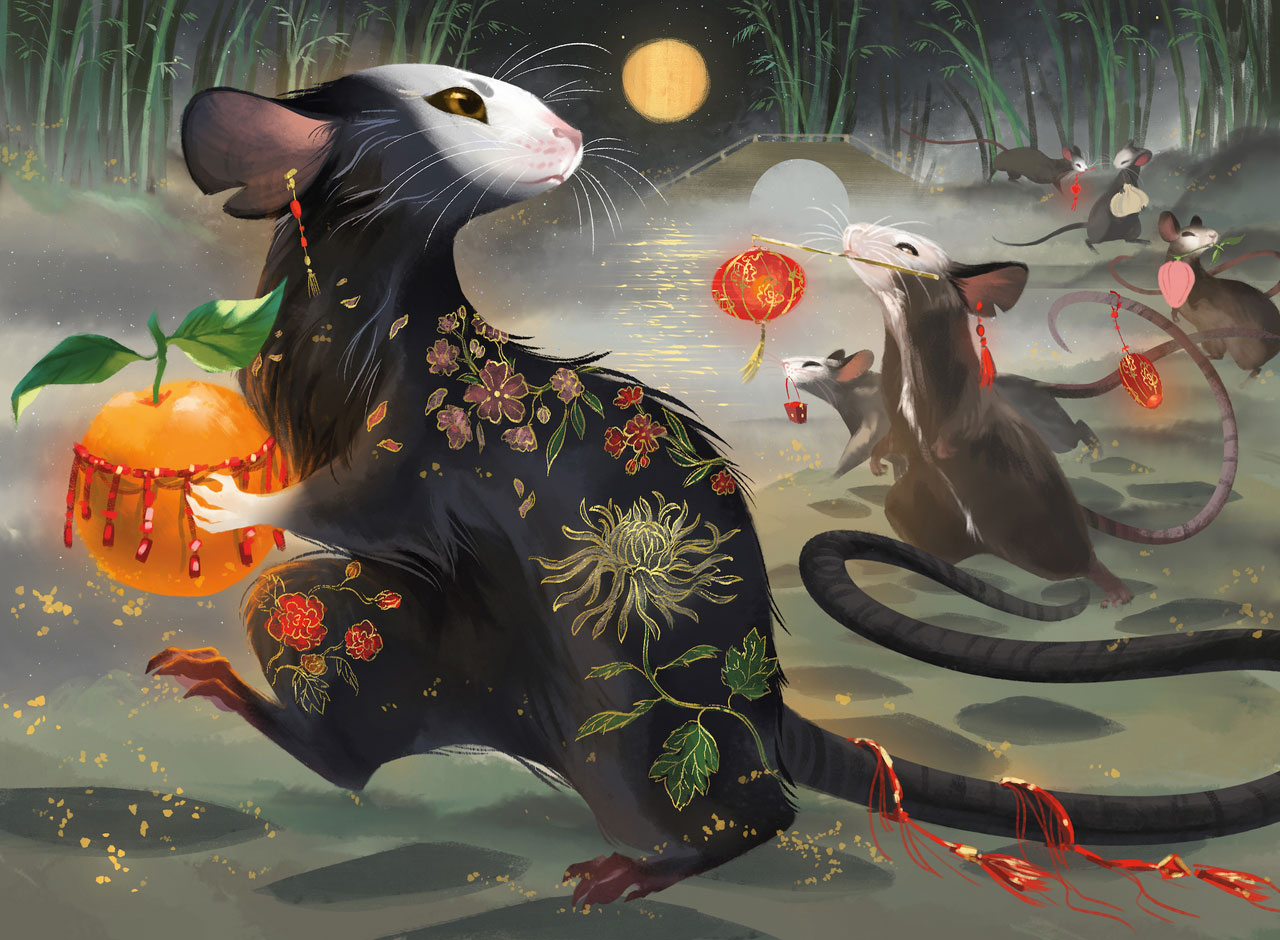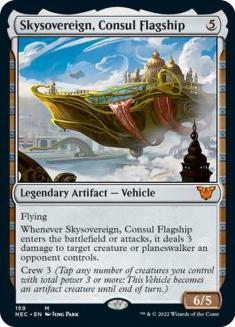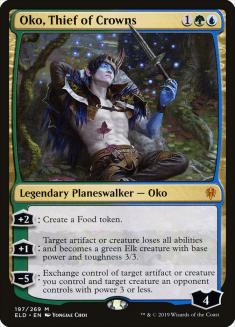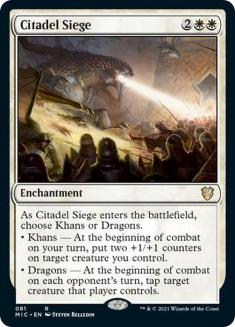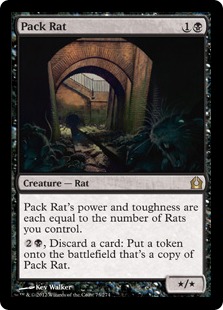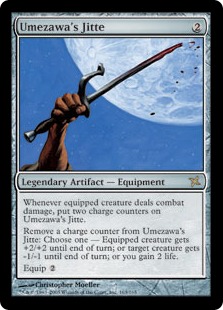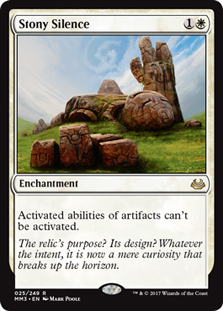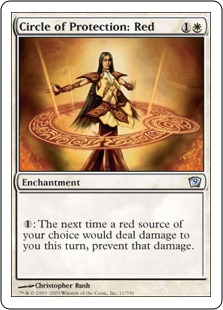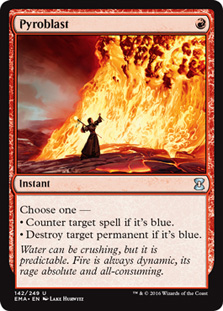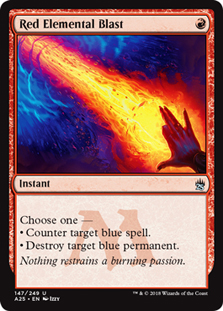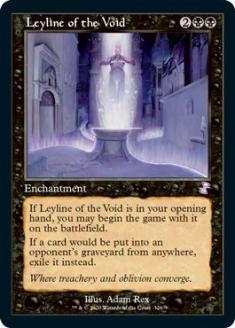Hey everyone! Today we’re going to do another “Top 5 lists” article, where I asked for suggestions on Twitter for things to rank. These lists will include both MTG and non-MTG things and are of course only my opinion (though mostly objectively true because I have impeccable taste).
Top 5 Limited Cards of All Time
Here, the goal is to put things in the context of their respective formats, so the metric I’m using is how likely you are to win a draft if you open a certain card. Because of this, certain cards that would potentially be higher, such as Wurmcoil Engine, do not make the Top 5 because their formats had a reasonable number of answers to them, even though they would potentially be Top 5 all-time if they were in a different format.
5. Skysovereign, Consul Flagship
Skysovereign is very hard to beat — it’s a gigantic flying creature with an enters-the-battlefield ability that gives you value even if it immediately dies and it’s also immune to sorcery-speed removal. On top of that, it can go in any deck, since it’s colorless, making it an incredible first pick. There’s an argument to be said that it came from an artifact block, so there are more ways to remove it than normal, but it was still an incredible card that I think merits the Top 5.
4. Oko, Thief of Crowns
Most planeswalkers are very good in Limited, but Oko, Thief of Crowns might be the best of them. The combination of “every two turns I make a 3/3” and “no card you ever cast will be better than a 3/3 with no abilities” is just very hard to beat, especially when it comes down so quickly. Luckily it’s a gold card, so it’s not trivial to cast on Turn 3 unless you’re specifically Simic, even though it can (and should) be splashed for most of the time.
3. Citadel Siege
Fate Reforged was a bomb-centric format, and Citadel Siege was the best of the bombs. You would usually choose Khans (the +1/+1 counters option), and that was enough to win every combat for the rest of the game regardless of how your creatures looked. Sometimes, you’d have to be resigned to choose Dragons and get a free Icy Manipulator. I actually think the fact that the format was so bomb-centric was a strike against Citadel Siege; it would have been even more unbeatable in a super-low-powered format.
2. Pack Rat
Pack Rat was the bane of its Limited format, and for good reason. There wasn’t a lot of early removal for it, and once it came down, you had a one-turn window — if you couldn’t kill it immediately, then that was usually it. I think that 1-2 on this list are very close but the gap between Citadel Siege and Pack Rat is enormous.
The big thing about Pack Rat is that it could win the game with any combination of cards if played early on; since it turns everything into Pack Rats and there’s nothing better to do than making a Pack Rat every turn, it doesn’t matter how bad the rest of your deck is. In theory, a deck of 39 Swamps and a Pack Rat could mulligan to try to find it and win a lot of games by doing so, which is a property that no other card has ever had (and I sure hope no other card has again).
1. Umezawa’s Jitte
I agonized a bit over whether to put Pack Rat or Umezawa’s Jitte first (I believe they are the clear Top 2 by miles), but in the end Jitte edged out because it’s colorless (which means it fits any deck). In theory, you could open Pack Rat and end up not playing it, whereas Jitte is always going to be the best card in your deck regardless of what else is going on.
It’s hard to understand just how oppressive Jitte can be in a creature-centric format unless you’ve been on the other side of it. If you’ve ever played Legacy with a creature deck and had someone cast an Umezawa’s Jitte very early against you, then you probably know the feeling, except in Limited where every other card was much worse and Jitte was just as good. You couldn’t race it, you could almost never remove it, and you certainly couldn’t overpower it — the only hope you had was that your opponent had a very creature-light draw and you managed to deal with all of them, which of course wasn’t easy. This confluence of factors means Jitte is the #1 in my book, and improved any draft it was opened in by more than any other card in history.
Top 5 US Restaurant Chains
5. Shake Shack

To me, Shake Shack is the best of the fast food places (it’s also the most expensive, unfortunately). I like the burger that comes with the small peppers and also the one with the mushroom and the meat (yeah I don’t know the names of anything).
(CEDitor’s Note: It’s the SmokeShack and the Shack Stack Paulo. My goodness have some respect!)
4. Fogo de Chao
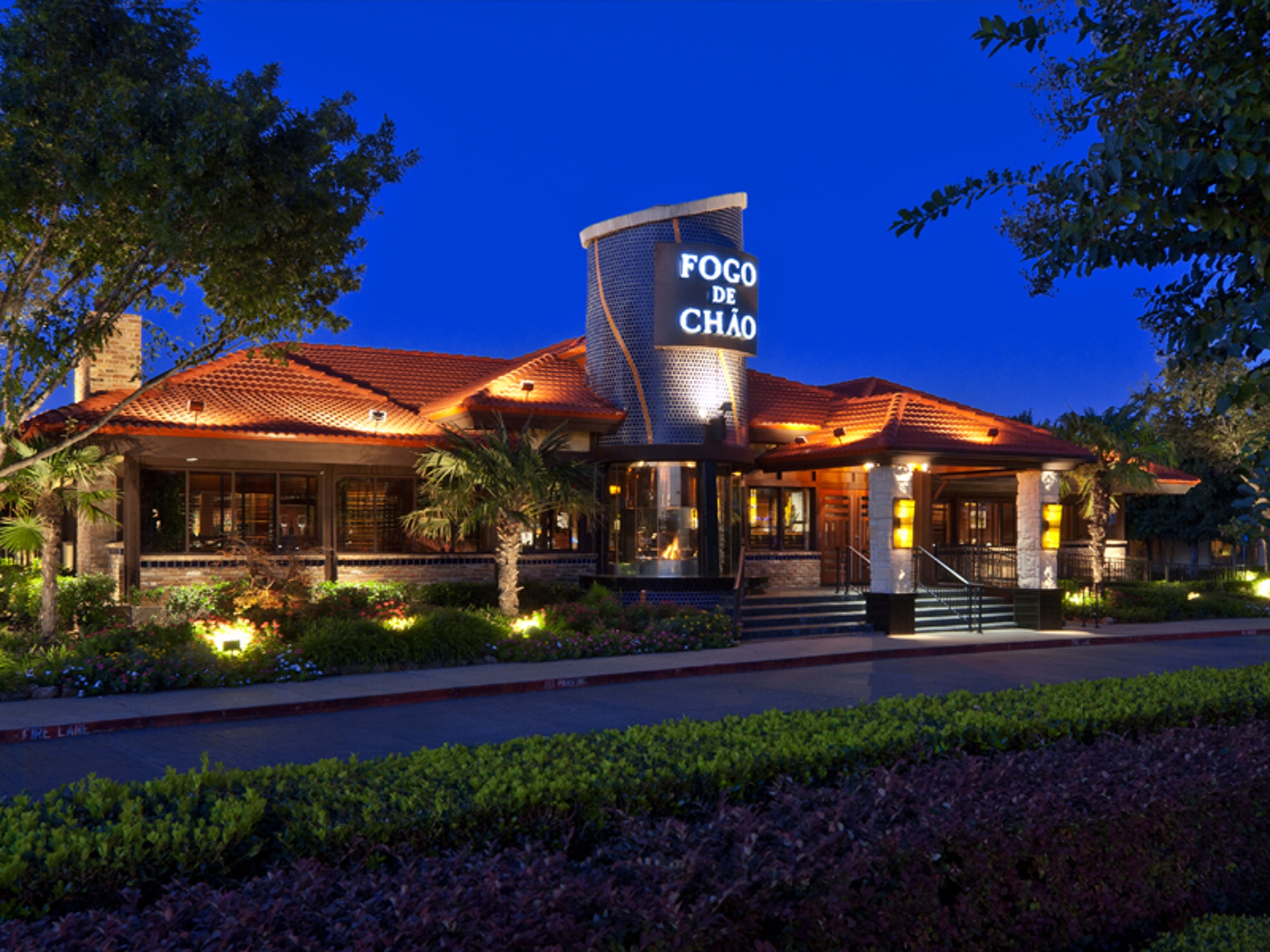
I used to live right across the original Fogo de Chao, before it became a chain; nowadays it’s all over the world but the one in my city doesn’t exist anymore. I am a big fan of meat and an even bigger fan of all you can eat, so this is right up my alley. I don’t really have a go-to food here because it’s all you can eat, but I enjoy asking for chicken heart because a) I really like chicken heart and b) it freaks out most Americans.
3. Olive Garden

I know some of you might be surprised to see Olive Garden as only third place — after all, I do talk about it a lot and I truly do love it, but that’s mostly the delta between how much I like it and how much my friends like it. My go-to dish there is Chicken Alfredo (with angel hair pasta because that’s the best pasta by a lot), Zuppa Toscana, and breadsticks, but I honestly could do with just the soup and breadsticks.
2. The Cheesecake Factory
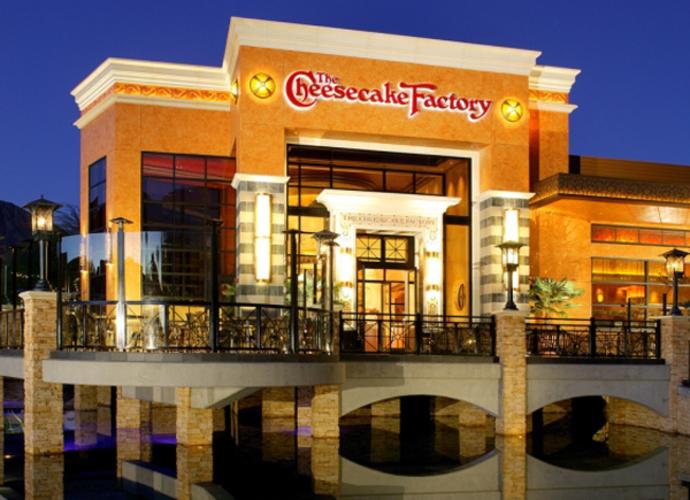
No matter where I go, the knowledge that a Cheesecake Factory exists next to me means I will never have a bad meal. People make fun of Cheesecake Factory for its extensive menu and they say “You can’t have that many things and do that well,” and to that I say you’re just wrong. I’ve never had anything bad at the Cheesecake Factory period and I’ve ordered a huge portion of their menu. If I had to choose a go-to, it would probably be the Louisiana Chicken Pasta (obviously with angel hair) and the White Chocolate Raspberry Cheesecake (either that or their Anniversary cheesecake which is a mix of black and white).
1. The Melting Pot
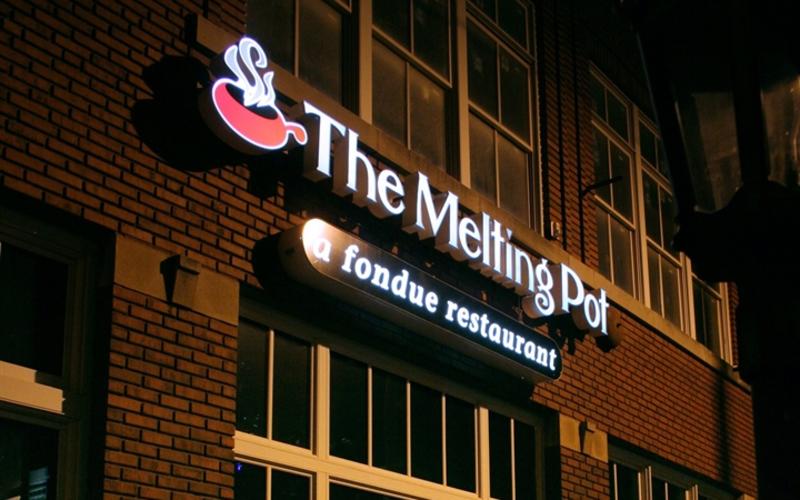
The Melting Pot is a bit more pricey than the other options here, but I really do love it. It’s certainly not for your everyday meal, as it’s impossible to spend less than two hours in that place, but I love fondue and we honestly don’t have good fondue here. In fact, I’ve found that I like The Melting Pot’s style of fondue more than I like fondue in France, for example.
I think you’ll do fine with any of the meat courses, and I always switch up when I go, but for dessert I’m a fan of the creme brulee-based fondue and also the Bananas Foster, which is banana, caramel, cinnamon, and white chocolate. They don’t have the Bananas Foster on the menu anymore but they will usually make it for you if you ask.
Top 5 Sideboard Cards
Honorable Mention — Mystical Dispute
Mystical Dispute is one of the most-played cards in Standard whenever it’s legal — in fact, it has been at times the most-played card in the entire format. As a sideboard card, it has a quality that no other card on its list shares: it’s actually applicable in many different situations, which means it has seen a fair bit of maindeck play as well. Does this make it a better or a worse sideboard card? Honestly, I’m not sure, so I put it as Honorable Mention.
5. Stony Silence
There have been a lot of powerful anti-artifact cards, but Stony Silence is by far the most powerful and has been the go-to card to stop decks like Affinity, Lantern, or Ironworks for as long as it has existed. There’s Null Rod, of course, but I think Null Rod isn’t as good or relevant in its format as Stony Silence has been.
4. Circle of Protection: Red
Circle of Protection: Red is, to me, the quintessential sideboard card. It’s a card that doesn’t see a lot of play nowadays but that defined matchups, as red had no answer to enchantments (other than CoP: Red’s nemesis Anarchy, which almost made this list), so the game often just ended when it hit the battlefield. There have been a lot of powerful hate cards against red – Chill, Warmth, Sanctimony – but I think CoP: Red was both the best and the most iconic.
3. Negate
I believe that Negate is always one of the most important cards in any format it’s in, but its impact is easy to underestimate — it’s just a simple, catch-all answer that you can even splash for and that will radically change how many matchups are played. Let’s take, for example, Temur Energy. It had a very bad matchup against the Azorius-based Approach of the Second Sun deck in Game 1, but you brought in a pile of Negates for Game 2 and all of a sudden the match was favorable. This dynamic has happened several times throughout the years and I really think that many Standard formats we remember would not have been the same without Negate — its presence can completely validate or invalidate an archetype.
2. Pyroblast / Red Elemental Blast
Pyroblast is such a good sideboard card that people sometimes splash for it in Legacy. The ability to counter or kill anything at instant-speed for one mana is just miles beyond the rate we normally get even in Eternal formats, and this card will always be a mainstream of any format it’s legal in.
1. Leyline of the Void
If Circle of Protection: Red is the quintessential sideboard card, Leyline of the Void is next in line. In almost every matchup it comes in (and there are a lot of matchups across every format where it comes in), it warps the game entirely. Most of the time, the sideboard of the opposing deck needs to have an entire plan on how to beat Leyline, and chances are it’s not going to succeed at doing that — to give you an example, at the Hogaak PT I lost to a person who mulliganed to three because one of their three cards was a Leyline of the Void and that invalidated my entire draw. The fact that it doesn’t even require black mana and that it can’t be countered, discarded, or “raced” is just icing on the cake.
Top 5 Cities I’ve Been To
5. New York
It’s a bit cliche, but I just love New York. Everything is there from food to stores to parks, and everything is accessible — if you’re in a good location, you can walk to most places. It’s just very… pleasant. On top of that, I really really like Broadway shows!
4. Bora Bora
Bora Bora is the most beautiful place I’ve ever been to — whatever you see in the pictures, it’s actually better than that, and my honeymoon there was the best trip I’ve ever taken. The reason it only ranks fourth is that it’s one-dimensional — I honestly can’t imagine a better place for a honeymoon but it’s not really a place you go to with family and friends or a place you visit a lot of times. That said, I definitely want to go back there at some point in my life.
3. Rome
Rome is hands-down my favorite European city because everything in it is just a work of art. It’s very cosmopolitan and modern, but then you walk down the street and there’s this 2000-year-old building, or this huge castle, or this ridiculously pretty fountain in the middle of a plaza — it really is like stepping inside history for me. Plus, the gelato is amazing. It’s a shame Italian pizza is not very good or it’d be a real contender for Top 2!
2. Kyoto
I love Japan in general, and Kyoto is my favorite of the Japanese cities I’ve been to. Sushi is my favorite food in the world, so that’s a huge plus, but I mostly love the place because everything just works and the people are so incredibly nice — I honestly don’t know of a place that has made me feel more welcome than Japan and I don’t speak a word of their language!
1. Honolulu
I think Honolulu is similar to Rome in the sense that’s a mix of two things that you don’t see together, except with an exotic rather than historical vibe. In Hawaii, everything is beautiful — you’re walking down the street and then all of a sudden there’s this huge tree, and a pond with koi fish, and an abundance of pretty flowers, and a gorgeous beach, any of which would be the biggest star in a lot of places but are just commonplace there. Then you turn the corner and there’s a Cheesecake Factory, and a Hilton, and a convenience store, and Wi-Fi signal, and people speaking English. It’s not hard to find either of these things but you usually give up civilization comforts when you go for exotic and in Honolulu they’re both just there, coexisting in the same street.
Top 5 Magic Countries
5. Brazil
Brazil has been on a tear lately and I believe that, if it wasn’t for some of the countries on this list stepping up, it would be even higher on the list. There are currently two MPL players (myself and Carlos Romão) and one Rivals player (Lucas Berthoud) from Brazil, on top of Patrick Fernandes who Top 8’ed the Season Grand Finals. I think this is even more impressive when you consider that, historically, Brazil has had it much worse in terms of MTG than any other country on this list (and arguably than any other country even close to this list). Online Magic really was a big equalizer and an opportunity for us in this regard.
4. The Czech Republic
Many players from the Czech Republic have been fixtures of the PT for a while now, which is impressive considering there are more people in the city of São Paulo than in the entire country. Martin Juza, Ondrej Strasky, and Stan Cifka are its most famous players (the first two in the MPL and the third in Rivals), but they also have Jakub Tóth as a new Rivals addition and, if we want to count him, Ivan Floch. Ivan is from Slovakia, but he actually lives in the Czech Republic, so I think he could count for at least a little bit.
3. France
I think in almost any other year in recent memory, France wouldn’t have made the list — there have been many good French players, but they were mostly good at different times. This year, however, France is crushing. Gabriel Nassif, Raphael Levy, and Jean-Emmanuel Depraz are its flagship players, all in the MPL and Nassif with arguably the best results of anybody this year, but there are also three French players in the Rivals League — Matthieu Avignon, Louis-Samuel Deltour, and Théo Moutier. I think France is actually close to #2 this time around.
2. Japan
I’ve done these ranks a couple of times and numbers 1 and 2 have never left the Top 2, but I think this is the year that #3 is closest to #2. Still, my #2 has to be Japan. Japan is not as dominant as it used to be, but it still has three MPL players (Ken Yukuhiro, Rei Sato, and Shota Yasooka) and a whopping six Rivals players — Ryuzo Fujie, Kenta Harane, Yoshihiko Ikawa, Shintaro Ishimura, Yuta Takahashi, and Riku Kumagai. On top of just having big numbers, Japan also has a lot of quality. Shota Yasooka is one of the best players in the world, Ken Yukuhiro and Shintaro Ishimura arguably two of the the most creative deckbuilders, and so on. The depth of the talent in this country is just incredible; whereas for some other countries the top talent stands out a lot more than the next people on the list, in Japan you just go on and on and keep finding strong players.
1. The United States
The United States is still #1, but at this point it’s more of a numbers game than it has ever been — there are simply a lot more US players than players from any other country, so it’s natural that the US stands out. This isn’t to take anything away from the US players, many of whom are some of the best in the world, but the US used to have a big qualitative as well as quantitative lead over every other country, and Magic moving to online play has cut that short. I now feel like US talent is more proportional to its numbers. Still, the US has seven MPL players and fifteen Rivals players, which is over double everyone else, with people such as Seth Manfield, Brad Nelson, Reid Duke, and Luis Scott-Vargas leading the pack, so it’s still a comfortable #1.
Top 5 Cooking Shows
Quarantine has made surface my love of cooking shows. I think I’ve watched almost every single one that is available anywhere, so here’s my Top 5:
5. The Final Table
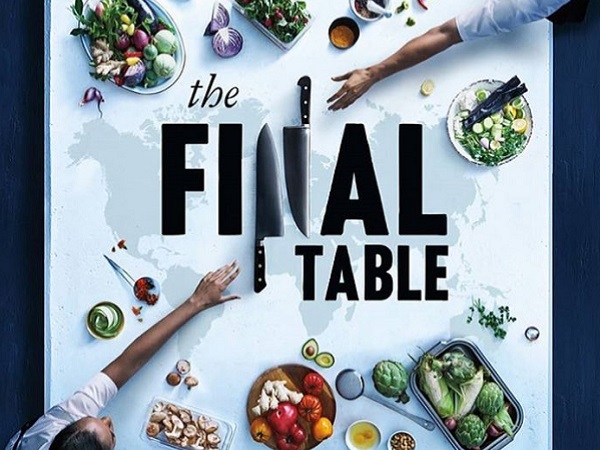
The Final Table is very different from the other cooking shows I like because all the contestants are actually very good. You do miss some of the fun of people messing up, which is definitely an appealing part of cooking shows, but I think it’s fun if you’re looking for something a little bit different.
4. MasterChef
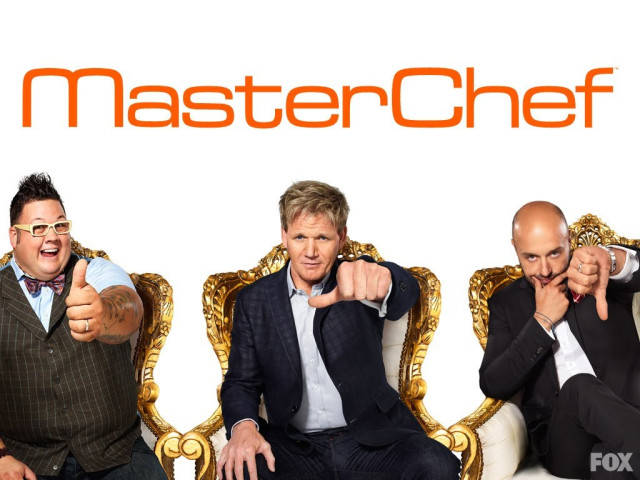
The classics are classic for a reason. I really enjoy the dynamic of the team episodes, even if I’m skeptical that they would actually identify who the best cooks are. I also quite like the episodes where they’re judged by kids — there’s always someone that goes “Aha, I know just what kids like, it’s a Lemon Figs Cake” or something.
3. The Great British Bake Off
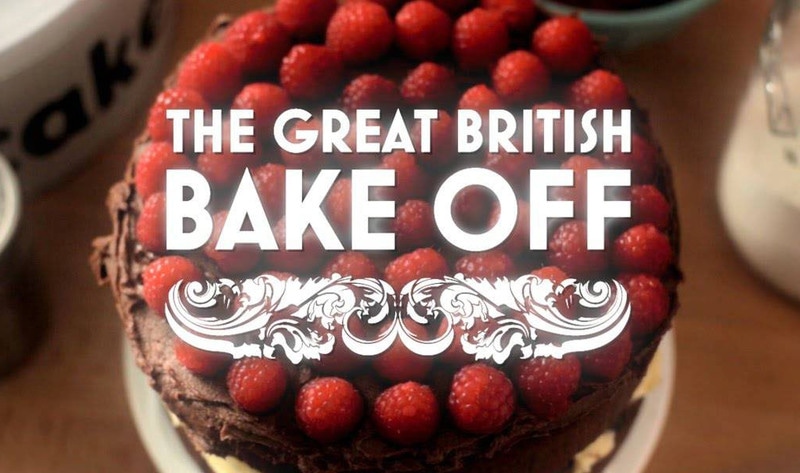
The Great British Bake Off is basically MasterChef for old people, and since I am an old soul I happen to like it a lot. I just really like how everyone is nice on the show; they are fairly critical but they also say nice things like “your cake is raw and totally inedible I would actually die if I ate it, but I tried this small piece and the flavor is pretty good.” If only the tent had air conditioning it might be propelled to #2 — I can only hear “Oh no, it’s too hot, all the chocolate is melting” so many times.
2. The Big Family Cooking Showdown
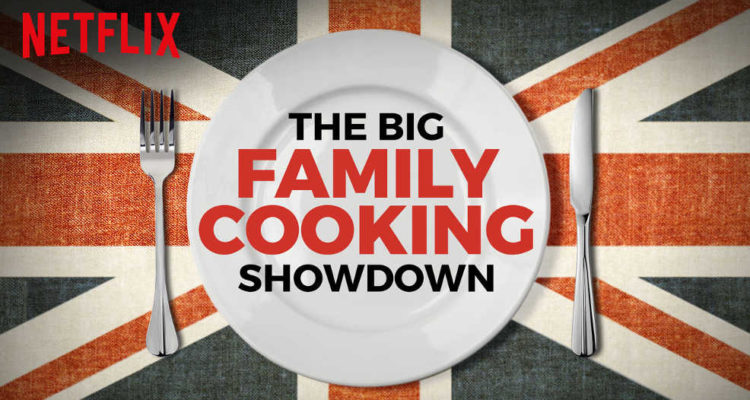
There are two seasons of The Big Family Cooking Showdown and they are radically different — they have different hosts and different dynamics. The first season is, in my opinion, quite a bit better. The main premise of the show is that they’re families cooking through a bracket; if they do well, they come back in a future episode and this keeps going until the finals. There are also some interesting challenges like “You have to make a meal with £10 or less” and they go to every contestant’s house.
1. Zumbo’s Just Desserts
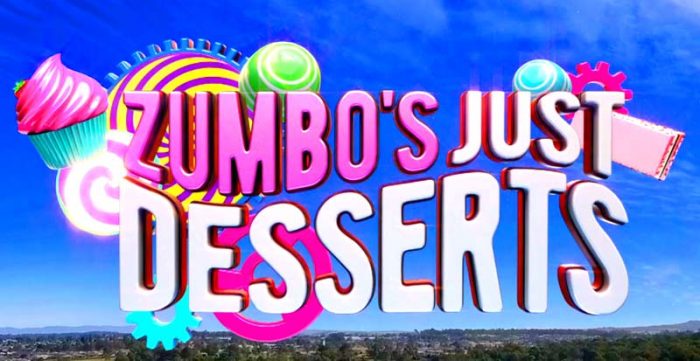
I’m naturally partial to desserts, but I really like the dynamic on this show, including the host and judges — there’s always a “Round 1” where the contestants have someone make something and then the worst people need to replicate a Zumbo dish. There are two seasons of Zumbo’s Just Desserts on Netflix.
Top 5 Favorite Competitive Magic Formats
Please keep in mind that this is just my opinion. This is not to say these formats are intrinsically better or worse, just that I like them more. This entire list is just my opinion, of course, but I am anticipating that this one might get some people mad so I’m being extra-clear.
5. Standard
Per my Wizards of the Coast (WotC) contract, I am obliged to mention Standard as one of my favorite formats.
Fine, fine. I actually do like Standard, for the most part — we’ve had a bad stretch of them, with every card being absurdly broken and all that, but things seemed to have settled in a good place and I like that the format has a rotation (I am a fan of things changing). In fact, I wish the rotation was a bit faster than it currently is.
4. Block Constructed
Block Constructed is a bit of a dead format, but I loved playing it because it forced you to see each card in a completely new light — a card or interaction that might not be good enough for Standard because of the other sets could shine in a different environment. The main issue with Block is that it gets stale very quickly — once the best decks are found, they remain the best decks forever. Because of this, I think Block Constructed is best as a one-tournament format.
3. Booster Draft
I like Booster Draft for the same reason I like other games like League of Legends and most board games — each game is contained within itself (with a draft being a game here). You can just play and, if things go badly, you know that it’s going to end and you’re going to start over completely from scratch, and your bad decisions will no longer have any effect on you. It’s different from playing a Constructed event where you can never escape from a deckbuilding or a deck selection mistake, for example. In fact, just the fact that there’s no pressure to choose a deck already puts Booster Draft in my Top 5.
2. Legacy
I very rarely have the chance to play Legacy, but when I do I always enjoy it — perhaps if I played it more often I wouldn’t enjoy it as much. The reason I like it so much is that every micro-decision matters; on Turn 1 of the game alone you often have several possible plays.
If you’re playing a Standard deck, your early turns are often scripted — everyone would have played this particular tapland on Turn 1. With Legacy, you can give ten players the same Turn 1 and end up with ten different plays — some will fetch for a basic, some will fetch for a dual, some will cast a Ponder, some will cast Brainstorm, some will play Wasteland, some will cast the Force of Will, and so on.
1. Sealed Deck
I actually like Sealed Deck more than Booster Draft. It’s not a better competitive format, as it’s much more unfair, so if I were playing an important tournament I’d rather it be Draft, but there’s something just very Christmaslike about opening a sealed deck and seeing what you’re gonna get that is not replicated in Booster Draft. I also think the “this is what you have to work with, go” dynamic of Sealed Deck is quite interesting and much more skill-intensive than people give it credit for (though not as much as Booster Draft of course).
Top 5 Book Sequels I’m Waiting For
5. The Winds of Winter (A Song of Ice and Fire, Book 6)
The Winds of Winter would have been higher on my list if not for the fact that the TV show Game of Thrones finished. Now, instead of thinking “What is going to happen?” I will focus on “What will be different from the show?” which is just not the same experience. Still, I am sure I will enjoy reading the book when it comes out and I look forward to it.
4. The War of Broken Mirrors Book 4, by Andrew Rowe
Earlier in the year, when the pandemic started, I decided I was going to re-read some of the books I enjoyed, and The War of Broken Mirrors saga was one of those. Upon doing that, I discovered the third book was actually already out and I just had no idea. Now I’ve read it and I’m waiting for the next one, but I expect it will be a while before it comes out.
3. The Fairy Tale Enchantress Book 4, by K. M. Shea
This is the most “childish” of the books on this list, as it’s sort of a spin on famous fairy tales, but I quite enjoyed the world it’s set in. Book 2 ended with a bit of a cliffhanger and I feel like Book 3 did not do enough to solve it, so I’m hoping Book 4 will get the story back on track rather than it being mostly “side quests.”
2. A Court of Silver Flames (A Court of Thorns and Roses, Book 4), by Sarah J. Maas
A Court of Thorns and Roses is one of my favorite series of all time (and Sarah J. Maas one of my favorite authors) – I thought it had actually ended with Book 3 and now that I found out there’s a Book 4 coming I can’t wait. The first book is a bit predictable and not as good as the rest of the series, but in Book 2 things really take a turn and the world opens up completely.
1. The Doors of Stone (The Kingkiller Chronicle, Book 3) by Patrick Rothfuss
One of the books I re-read this year was The Name of the Wind (and its sequel, The Wise Man’s Fear). It’s every bit as good as I remembered and I recommend it to all people who like fantasy books as long as you’re willing to wait an indeterminate amount of time for the third book to come out.
That’s what I have for today! I hope you have a happy New Year and see you next week!

